
Music can surprise in unexpected ways, and double albums are proof of that. They give artists room to experiment, challenge expectations, and shape moods across multiple tracks. Listening can feel like wandering through a vast sonic landscape. Here’s a collection of ten legendary double albums that made listeners stop, think, and remember.
Beatles: “The White Album” (1968)

A sprawling showcase of The Beatles’ creative genius, this double album traverses rock, folk, psychedelia, and avant-garde experimentation. Memorable tracks like “While My Guitar Gently Weeps” and “Back in the U.S.S.R.” highlight its diversity. Its raw, sometimes chaotic production mirrors the band’s internal tensions.
Bob Dylan: “Blonde On Blonde” (1966)

“Blonde on Blonde” mixes folk and rock with Dylan’s surreal, poetic lyrics. Recorded mainly in Nashville, it captures a unique mix of rock and country. Groovy songs like “Just Like a Woman” and “Rainy Day Women #12 & 35” showcase Dylan’s inventive storytelling at its peak.
Pink Floyd: “The Wall” (1979)

A masterful concept album, “The Wall” chronicles mental collapse through progressive rock and theatrical storytelling. Featuring the global hit “Another Brick in the Wall, Part 2,” its elaborate production and narrative cohesion inspired a blockbuster film and legendary live shows, making it one of the best-selling double albums ever.
The Rolling Stones: “Exile On Main Street” (1972)
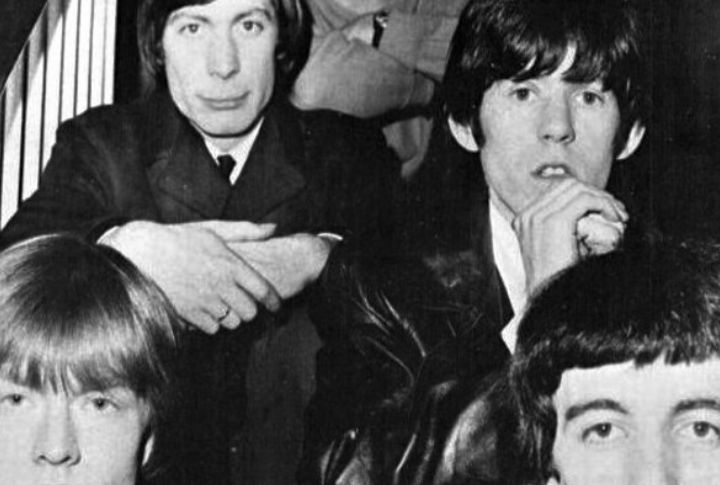
This double album radiates raw energy and diversity and was recorded in a French basement during turbulent times. It brings together various genres that can set your mood for the whole evening with tracks like “Tumbling Dice” and “Happy.” Celebrated for its gritty authenticity, “Exile on Main St.” is widely regarded as a defining Stones masterpiece.
Led Zeppelin: “Physical Graffiti” (1975)
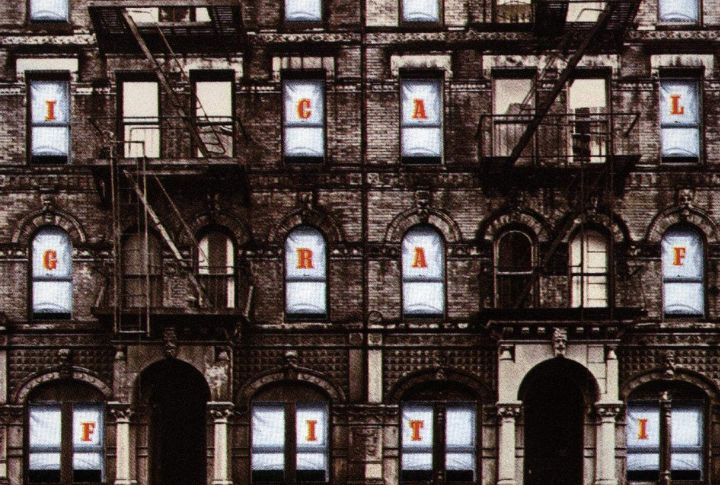
“Physical Graffiti” is a versatile double album that combines new material with unreleased tracks. Monumental songs like “Kashmir” and “Trampled Under Foot” exemplify the band’s ambition and technical prowess. Its grand scope and sonic experimentation have made it an enduring icon of rock excellence.
The Who: “Tommy” (1969)
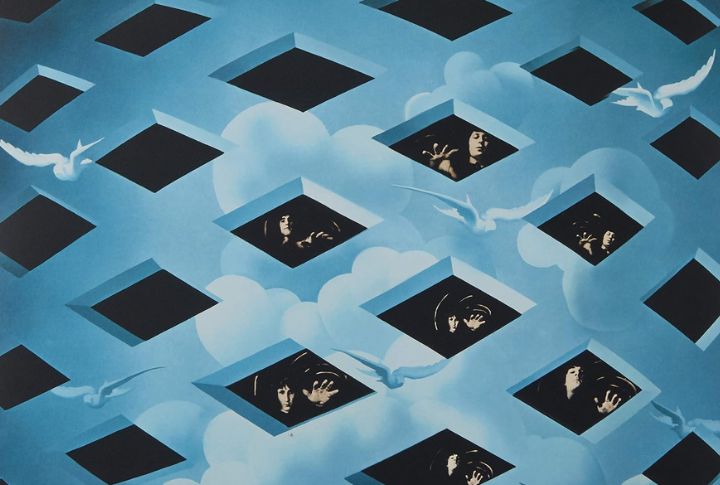
With unforgettable tracks like “Pinball Wizard” and “See Me, Feel Me,” the album immediately grabs listeners with its melodic hooks. Beyond the hits, this pioneering rock opera tells a compelling story of trauma and redemption. Its inventive narrative chalked out the way for stage adaptations and a feature film, which shared its title with the album.
Prince: “Sign O’ The Times” (1987)

Prince’s “Sign o’ the Times” delivers a mix of rock, funk, pop, and soul across two discs. Touching on both societal issues and personal moments, it includes unforgettable tracks like “If I Was Your Girlfriend” and “U Got the Look.” Its creativity and musical variety rank it among his most acclaimed projects.
OutKast: “Speakerboxxx/The Love Below” (2003)
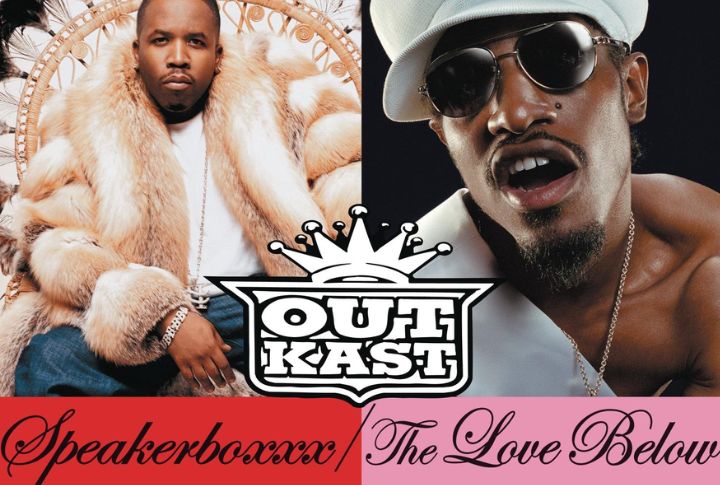
With chart-topping hits like “Hey Ya!” and “The Way You Move,” this innovative double album immediately captures listeners. It showcases Andre 3000 and Big Boi’s distinct styles through solo-driven discs. Critically acclaimed for its genre-bending creativity, it won the Grammy for Album of the Year and remains a landmark in modern music.
The Smashing Pumpkins: “Mellon Collie & The Infinite Sadness” (1995)

The Smashing Pumpkins’ commercial success was fueled by hits like “1979” and “Tonight, Tonight.” The album established their place in 90s alternative rock through lavish production and bold arrangements. It is still among the few albums with a diverse range of styles to debut at the top of the Billboard 200.
Marvin Gaye: “Here, My Dear” (1978)
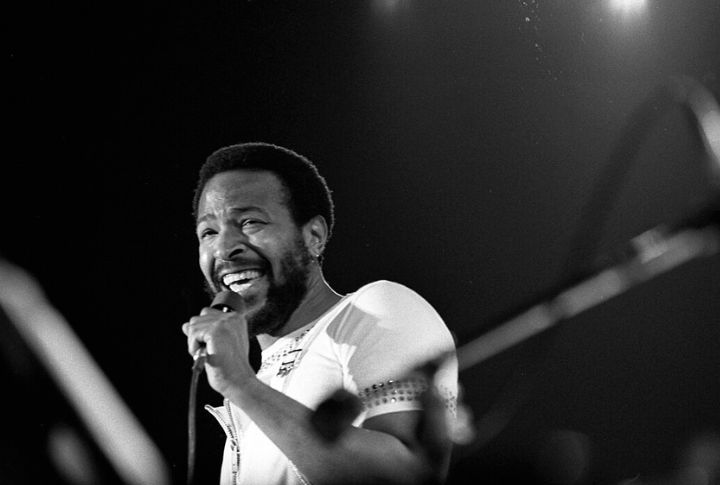
A profoundly personal double album, “Here, My Dear” delves into the pain of Gaye’s divorce with unflinching honesty. Its emotionally raw lyrics reveal vulnerability rarely seen in popular music. Though initially overlooked, it is now celebrated as one of Marvin Gaye’s most courageous and enduring works.

